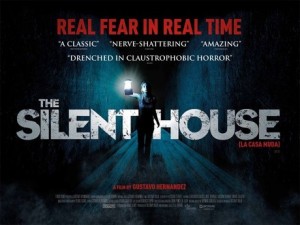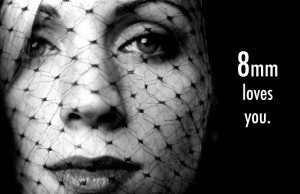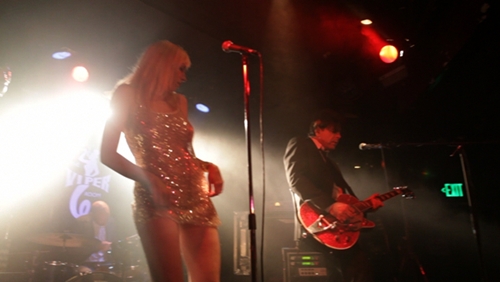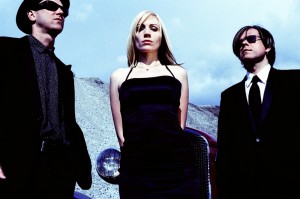 Silent House/2012/LD Entertainment, et al/88 min.
Silent House/2012/LD Entertainment, et al/88 min.
Does the average moviegoer care if a movie seems to be shot in one continuous take? Maybe, maybe not. To create the appearance of a one-take thriller, “Silent House,” directed by Chris Kentis and Laura Lau, was filmed on one Canon 5D camera with two operators in 13 total shots.
Whether you know or care about tricky production, the point is to try to make you feel the fear of the main character Sarah (Elizabeth Olsen) a girl who’s in for a bad night at her family’s dark, isolated, creaky, spooky (natch) summer home. “The continuous take in itself is really what builds the tension,” said Lau at a recent press day in Beverly Hills. “She’s trapped in terror.”
(Similarly, Alfred Hitchcock crafted the illusion of a continuous shot in his first color film, 1948’s “Rope,” starring James Stewart, John Dall and Farley Granger.)
Kentis and Lau (co-directors of 2003’s “Open Water”) remade “Silent House” from Gustavo Hernández’s “La Casa Muda” (2010), which was inspired by events that occurred in a Uruguayan village in the 1940s. For their version, Lau wrote a new script, working late at night and listening to Nine Inch Nails. In addition to Trent Reznor, the filmmakers said they drew inspiration from psychological thrillers like Roman Polanski’s “Repulsion” (1965).
“Silent House” also features Adam Trese and Eric Sheffer Stevens as Sarah’s father and uncle, and Julia Taylor Ross as a family friend, but ultimately it’s Olsen’s movie. Because she’s rarely offscreen, the film hinges on her presence and acting.
Expressive, vulnerable and luminous, Olsen is compelling to watch. “I felt like I was part of the editing process,” said Olsen at the press day. “It was like dancing with the DP [Igor Martinovic] and figuring out a rhythm.”
The drama hinges on a devastating secret, long hidden within the walls of this sinister summer home. Though “Silent House” is swift and slick, unfortunately, the twist that’s supposed to lend psychological depth feels clumsy and lame, like a thin slap of paint on a faded front door.
“Silent House” opens today nationwide.













From FNB readers